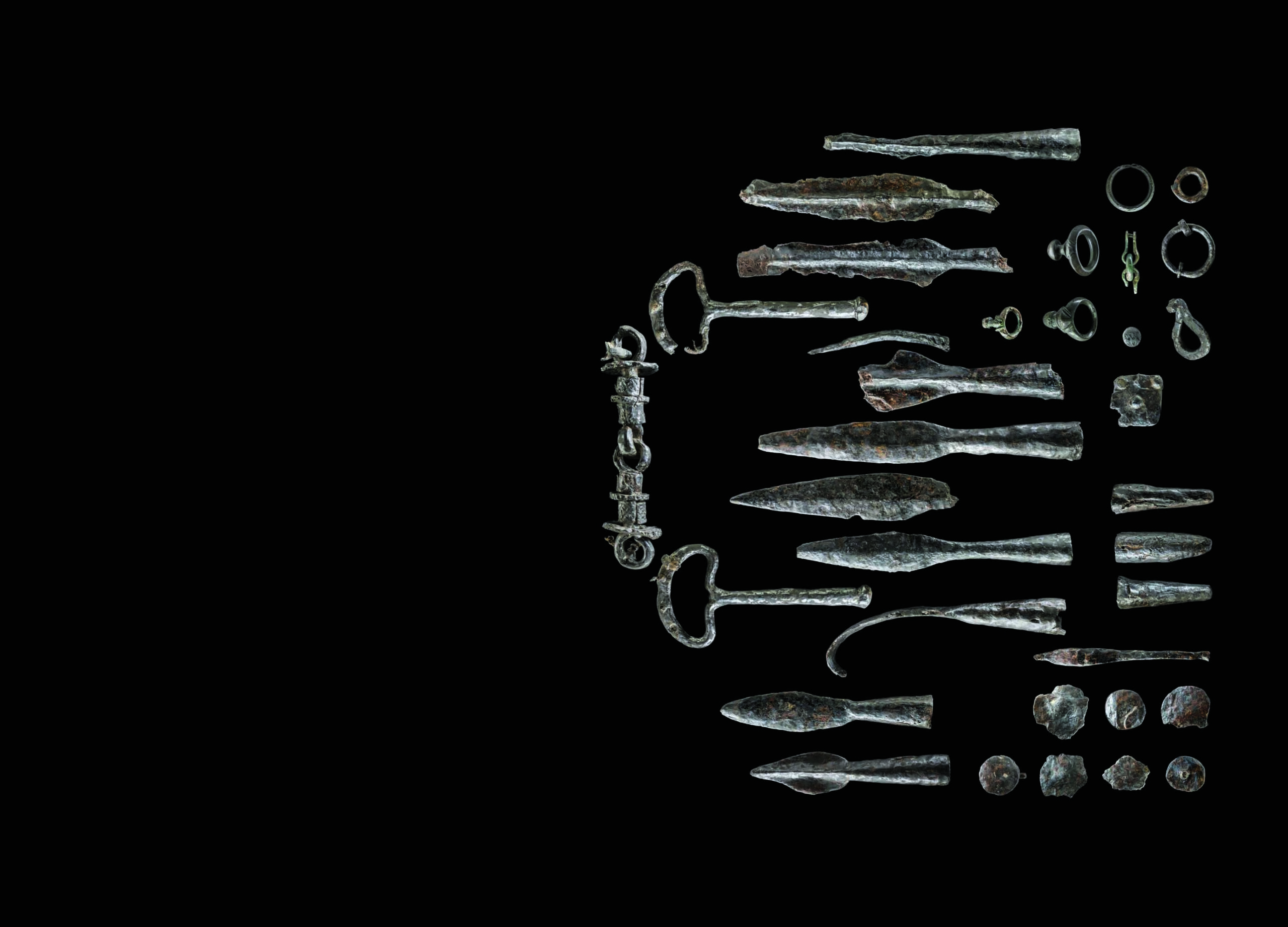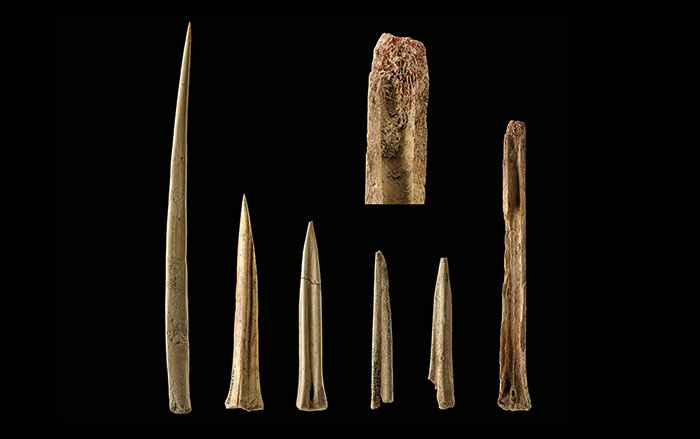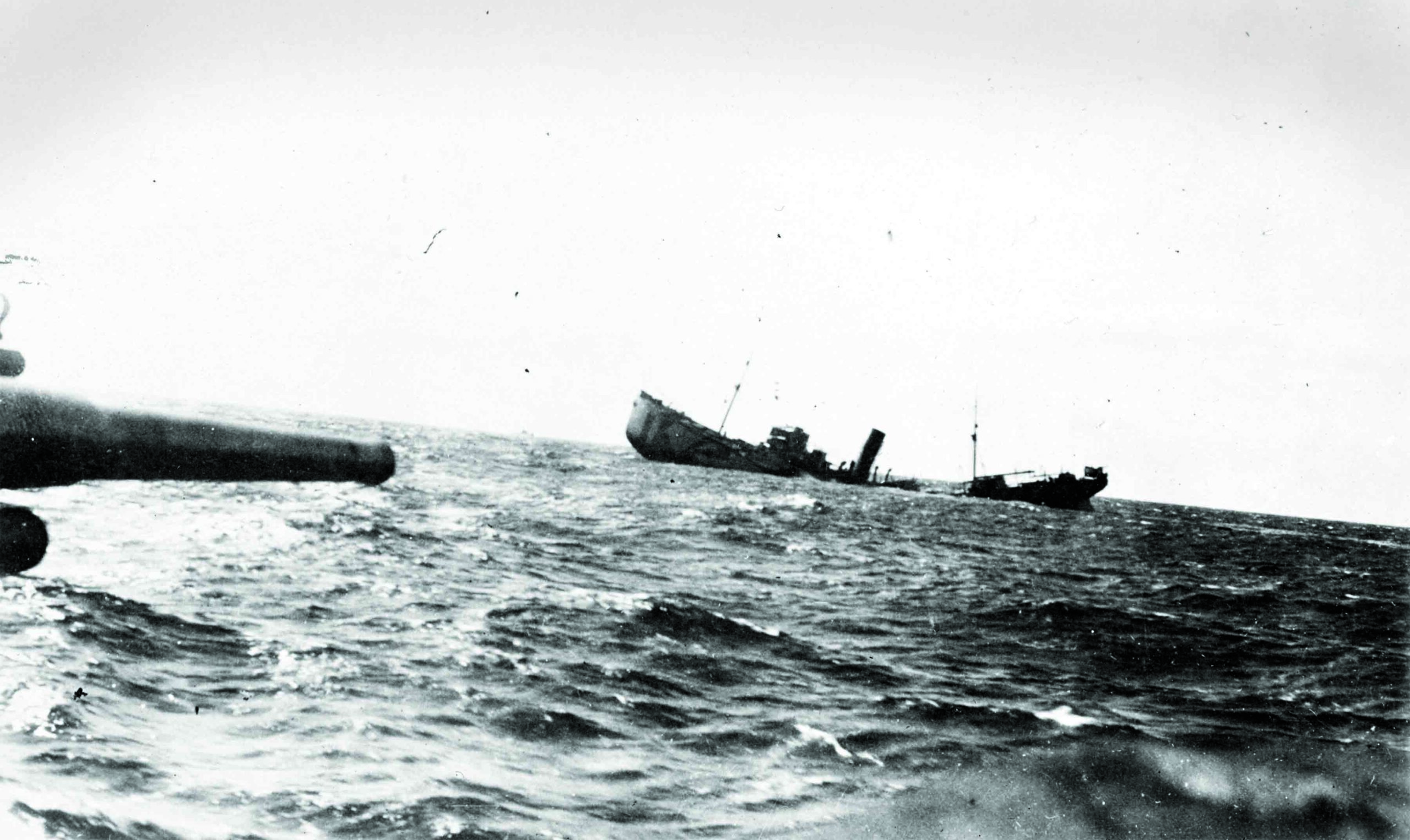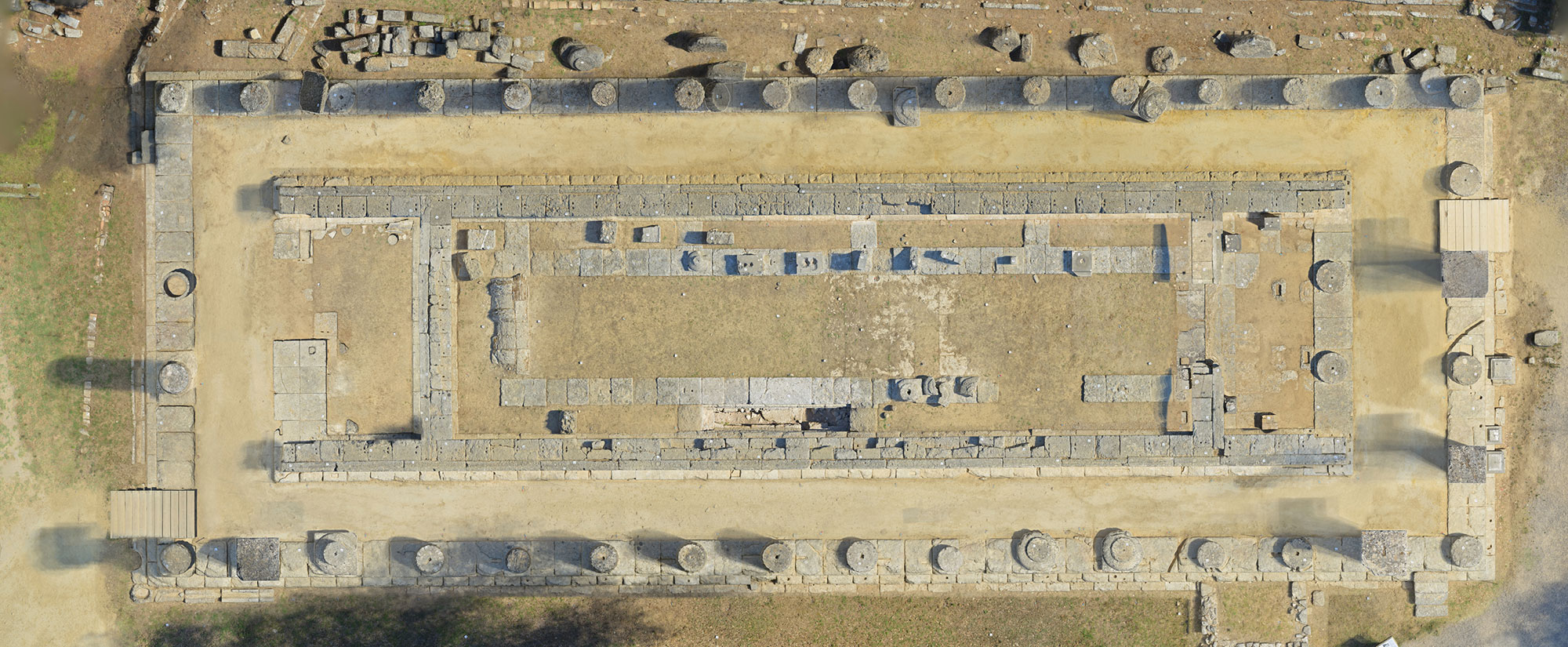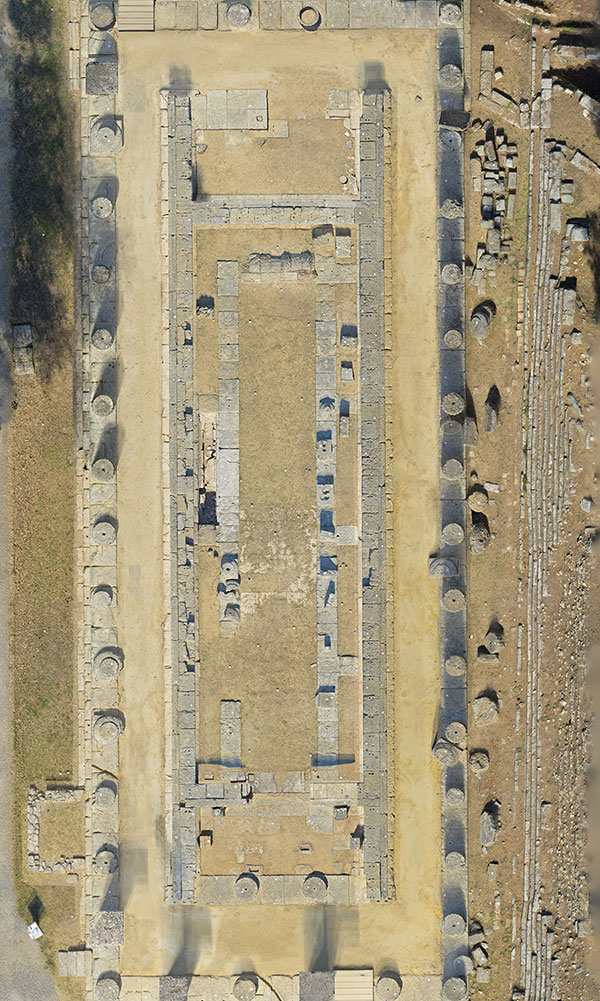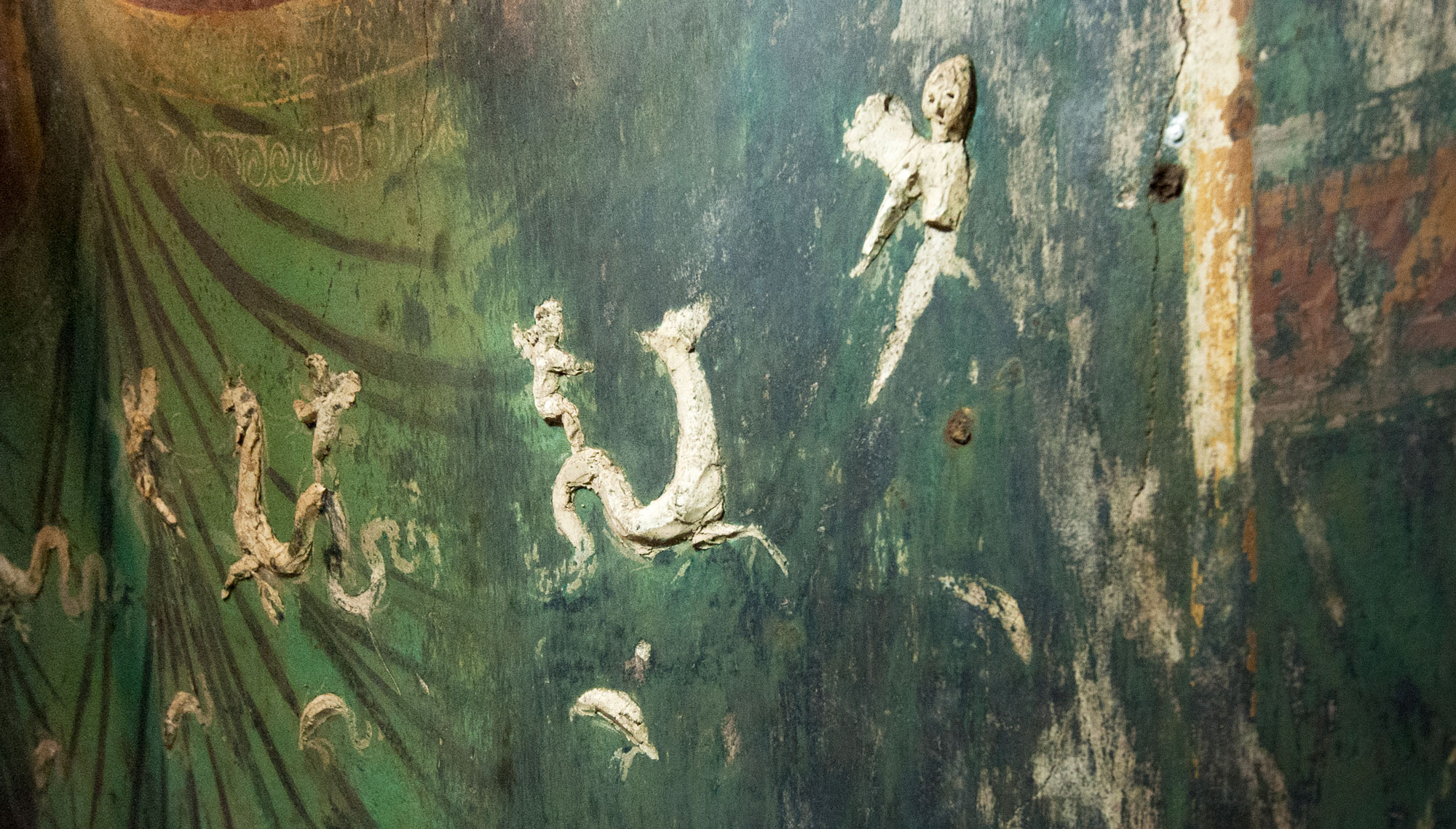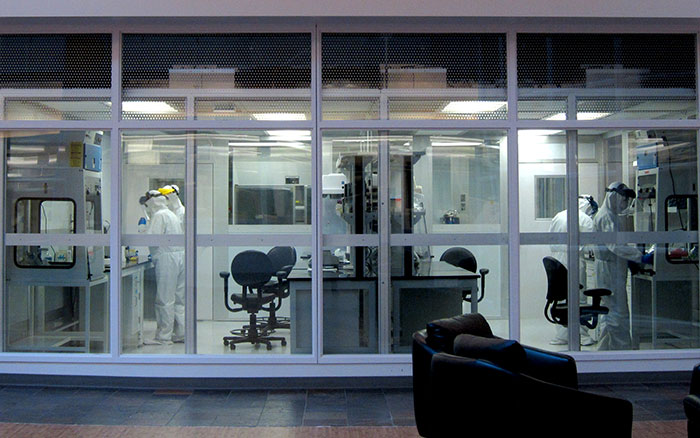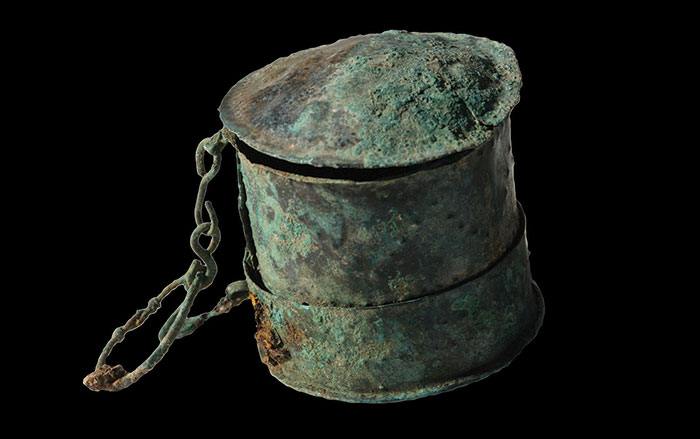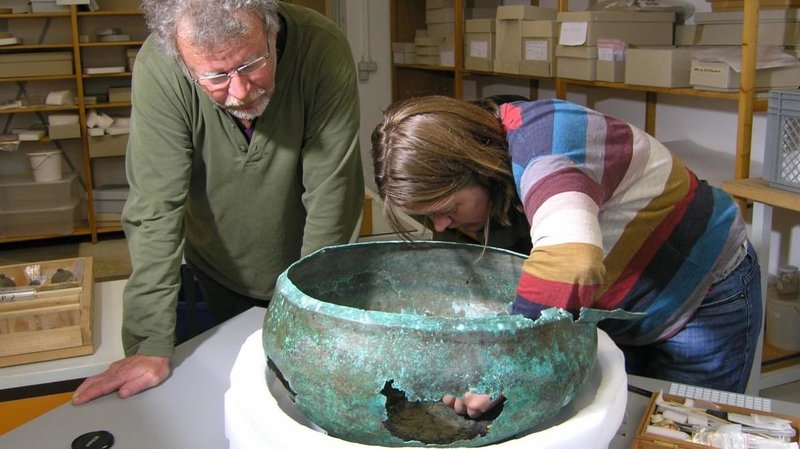
MILWAUKEE, WISCONSIN—NPR reports that archaeologist Bettina Arnold of the University of Wisconsin-Milwaukee and her research team worked with Lakefront Brewery to try to re-create an alcoholic beverage that had been placed in a bronze cauldron and buried in a grave sometime between 400 and 450 B.C. in what is now Germany. The recipe was based upon the research of paleobotanist Manfred Rösch, who analyzed the residues in the Iron Age cauldron. He found evidence of honey, meadowsweet, barley, and mint—ingredients in a type of beverage known as a braggot. The experimental mixture took seven hours to make. It was then left to ferment for two weeks, producing a smooth drink with an herbal, minty taste. “I don’t think people would be interested in purchasing it to drink,” commented Chris Ranson of Lakefront Brewery. To read about another find from the same time period, go to “Tomb of a Highborn Celt,” which was one of ARCHAEOLOGY's Top 10 Discoveries of 2015.


